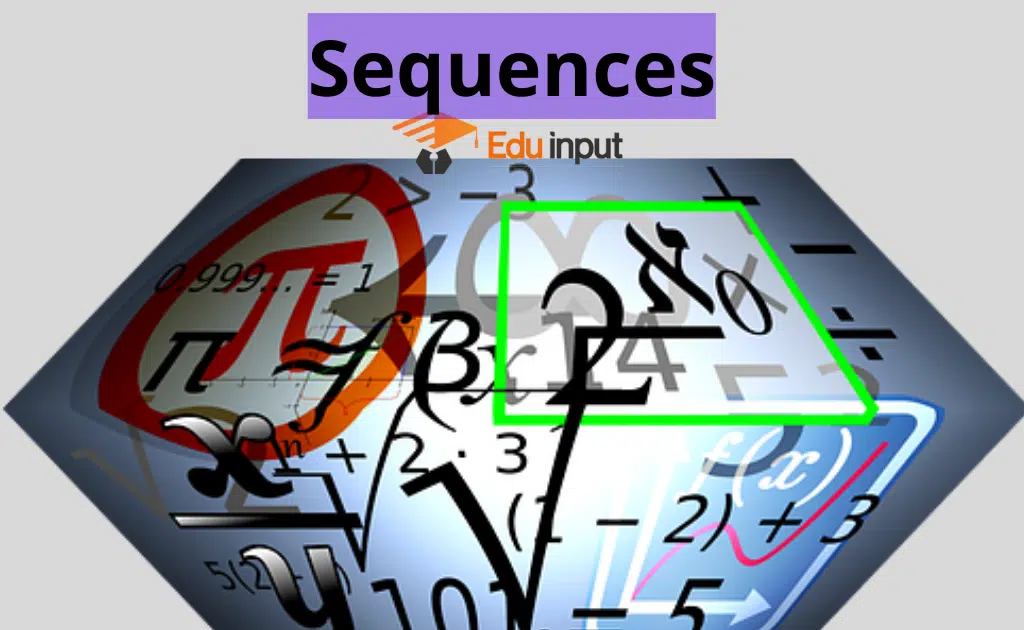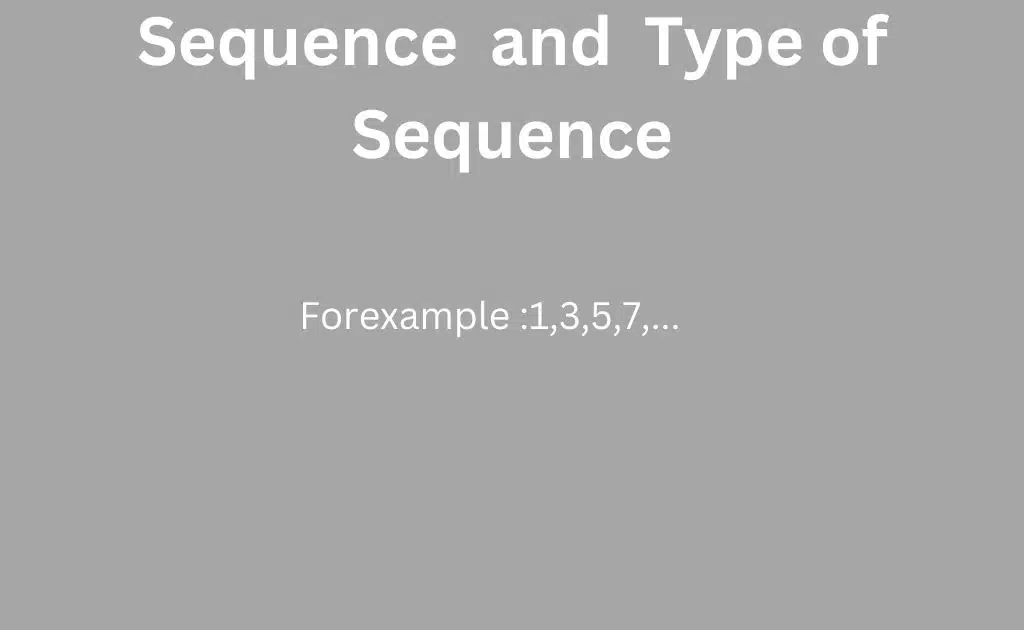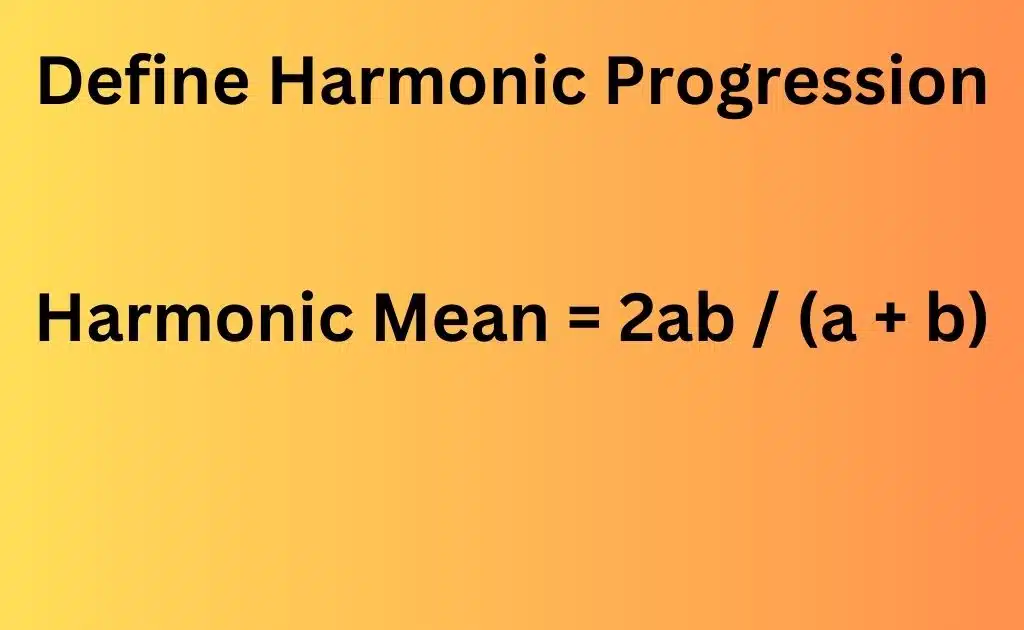What Is Arithmetic Progression? | Sequence
An arithmetic progression (AP) is a sequence of numbers in which each term is obtained by adding a fixed number (known as the common difference) to the previous term. For example, 3, 5, 7, 9, and 11 is an arithmetic progression where the first term is 3, the common difference is 2, and each subsequent term is obtained by adding 2 to the previous term.
Define Arithmetic progression
An arithmetic progression (AP) is a sequence of numbers in which each term is obtained by adding a fixed number (known as the common difference) to the previous term. The difference between any two consecutive terms is constant. This constant difference is called the common difference, denoted by d.
In an arithmetic progression, the first term is denoted by ‘a1‘, the second term by ‘a2‘, the third term by ‘a3‘, and so on.
For example,
The sequence 2, 5, 8, 11, 14,…. is an arithmetic progression with a common difference of 3, as each term is obtained by adding 3 to the previous term.
The nth term of an arithmetic progression can be found using the formula:
an = a1 + (n – 1)d
Where ‘an‘ is the nth term, ‘a1‘ is the first term, ‘n’ is the number of the term, and’d’ is a common difference.
The sum of the first ‘n’ terms of an arithmetic progression can be found using the formula:
Sn = (n/2)(a1 + an)
Where ‘Sn’ is the sum of the first ‘n’ terms, ‘a1’ is the first term, ‘an’ is the nth term, and ‘n’ is the number of terms.
Derive the Rule for nth term of Arithmetic Progression?
To derive the formula for the nth term of an arithmetic progression, we first note that the difference between any two consecutive terms is constant, and this constant difference is denoted by ‘d’.
Let the first term of the arithmetic progression be ‘a1‘, and let ‘an‘ be the nth term. To find ‘an’, we need to add the common difference’d’ to the previous term ‘an-1′.
So we can write:
an = an-1 + d
We can continue this process until we reach the first term ‘a1’, which can be written as:
a2 = a1 + d
a3 = a2 + d = a1 + 2d
a4 = a3 + d = a1 + 3d
. . .
an = a1 + (n-1)d
Thus, we have derived the formula for the nth term of an arithmetic progression, which is:
an = a1 + (n-1)d
This formula can be used to find the value of any term in the arithmetic progression, given the first term ‘a1’, the common difference ‘d’, and the position of the term ‘n’.
Write the general arithmetic Sequence.
The general form of an arithmetic sequence or arithmetic progression (AP) is given by:
a, a+d, a+2d, a+3d, …, a+(n-1)d
Where ‘a’ is the first term, ‘d’ is the common difference, and ‘n’ is the number of terms in the sequence.
The general form shows that the arithmetic sequence is a set of numbers in which each term is obtained by adding a constant (the common difference’d’) to the preceding term. The first term is ‘a’, and each subsequent term can be found by adding’d’ to the previous term.
For example, the arithmetic sequence with first term ‘a=2′ and common difference’d=3’ would have the form:
2, 5, 8, 11, 14, …







Leave a Reply